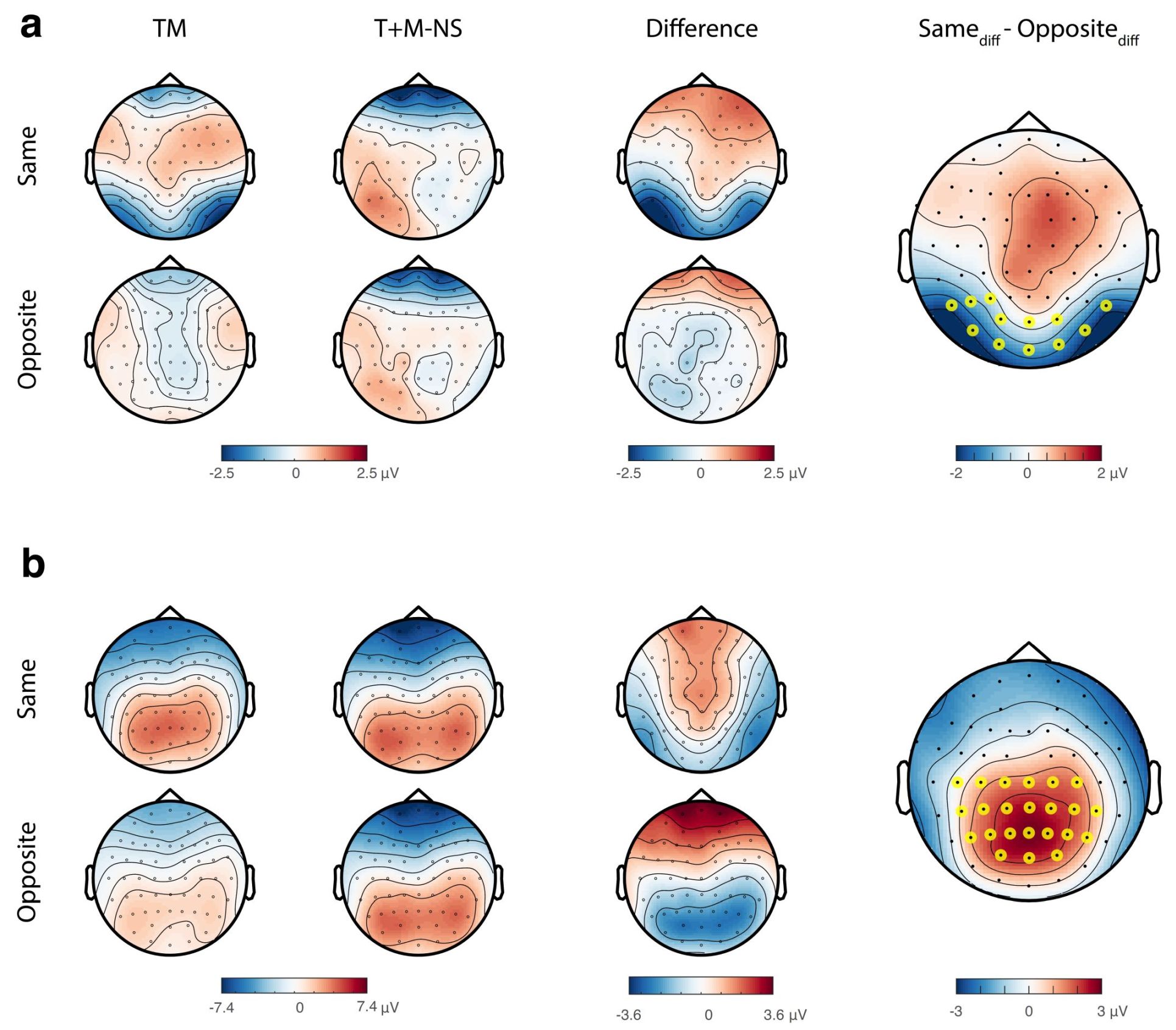A contribution from EEG lab to the Special Issue: Structure and Function of the Visual System (https://www.springer.com/journal/429/updates/18231902). Our graduate researcher Alaz Aydın investigated a powerful illusion called “metacontrast masking”. Accordingly, the findings also shed light on the interactions within/across visual pathways. For further information, please visit: http://doi.org/10.1007/s00429-021-02260-5
Abstract
Metacontrast masking is a powerful illusion to investigate the dynamics of perceptual processing and to control conscious visual perception. However, the neural mechanisms underlying this fundamental investigative tool are still debated. In the present study, we examined metacontrast masking across different contrast polarities by employing a contour discrimination task combined with EEG (Electroencephalography). When the target and mask had the same contrast polarity, a typical U-shaped metacontrast function was observed. A change in mask polarity (i.e., opposite mask polarity) shifted this masking function to a monotonic increasing function such that the target visibility was strongly suppressed at stimulus onset asynchronies less than 50 ms. This transition in metacontrast function has been typically interpreted as an increase in intrachannel inhibition of the sustained activities functionally linked to object visibility and identity. Our EEG analyses revealed an early (160–300 ms) and a late (300–550 ms) spatiotemporal cluster associated with this effect of polarity. The early cluster was mainly over occipital and parieto-occipital scalp sites. On the other hand, the later modulations of the evoked activities were centered over parietal and centro-parietal sites. Since both of these clusters were beyond 160 ms, the EEG results point to late recurrent inhibitory mechanisms. Although the findings here do not directly preclude other proposed mechanisms for metacontrast, they highlight the involvement of recurrent intrachannel inhibition in metacontrast masking.
